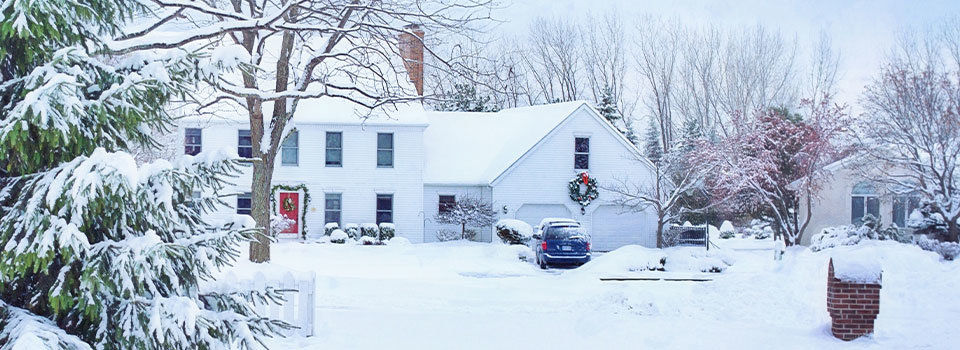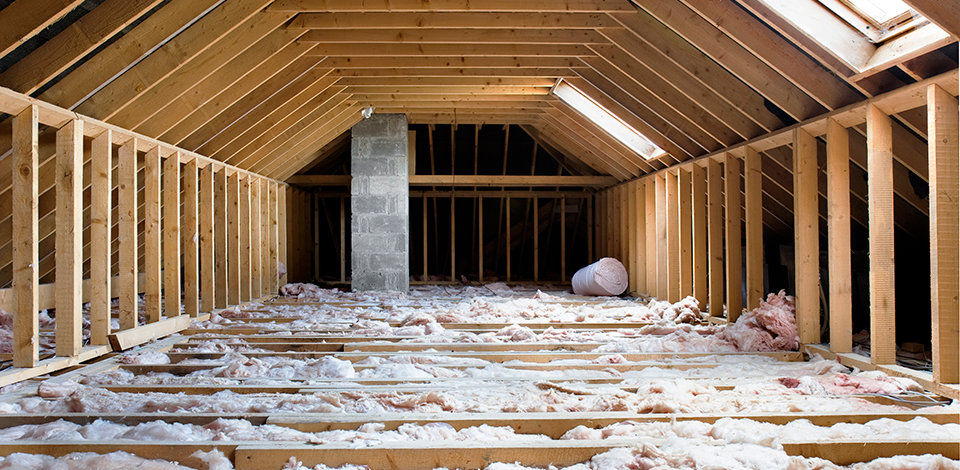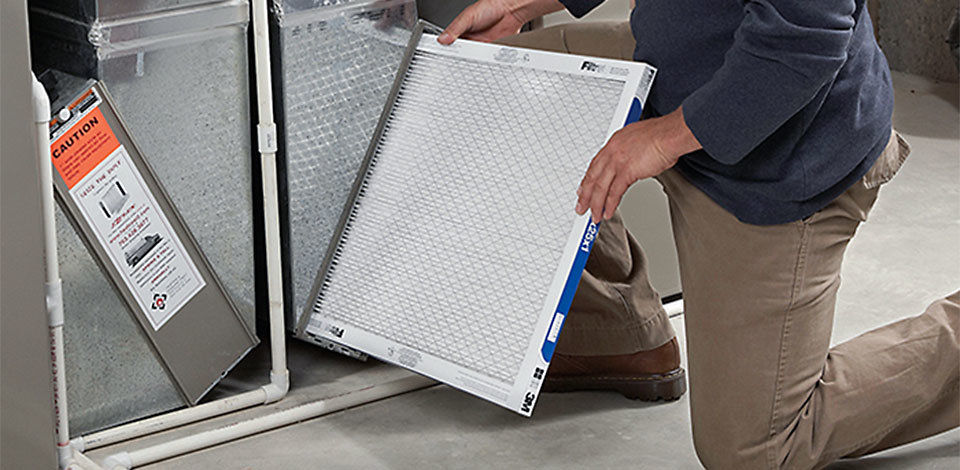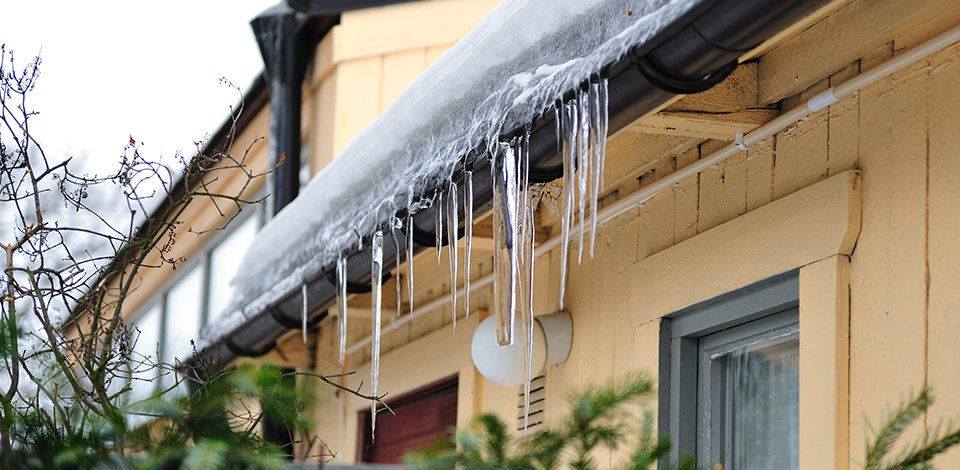2. Winterize Your Doors and Windows
Your doors and windows can be a significant source of heat loss in the winter. Cold air can creep in, and the warm air from your furnace can head right outside. When winterizing your home's windows and doors, your goal is to create a seal around them to prevent air leaks.
By winterizing your windows and doors, you’ll even see savings on your utility bills! It’s easy to get your doors and windows ready for winter with one of the following:
- Door Sweeps
- Weatherstripping
- Caulk and Sealant
- Window Insulation Kits
Sealing drafty windows and doors is a quick and easy DIY home project that will make a big difference in your home's comfort this winter. It's well worth the time and effort to stop those drafts and keep out the cold!




